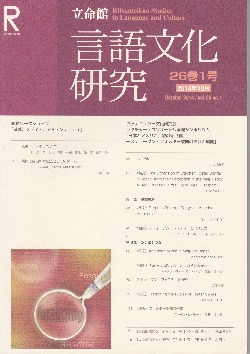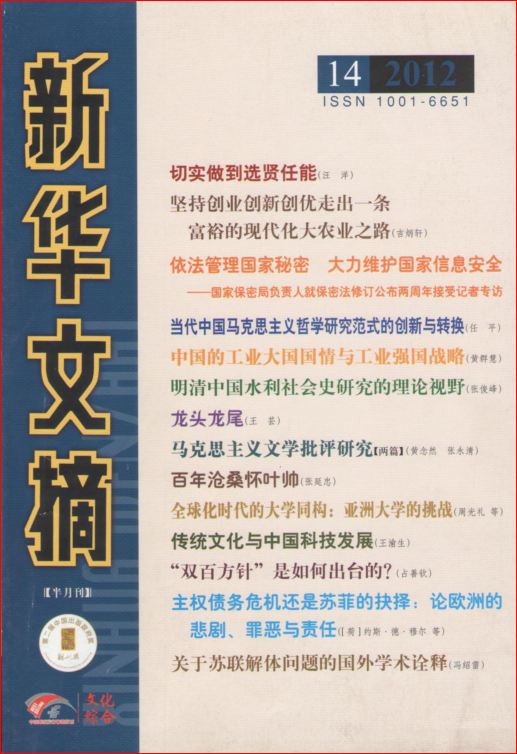Jos de Mul, Comprendere la natura. Dilthey, Plessner e la bioermeneutica. Lo Sguardo - rivista di filosofia. Vol. 14, no.1 (2014), 117-134.
Abstract: In recent years, authors like Chebanov, Markŏs, and Ginev have attempted to implement hermeneutic categories in the domain of biology. Against this background, the author takes Dilthey’s scattered remarks on the notion of the organic and Plessner’s biophilosophy as his starting point for the development of a biohermeneutical theory of biological purposiveness, which aims at bridging the gulf between the natural and the human sciences. Whereas the natural and human sciences are closely connected with a third-person and a first-person perspective respectively, the author argues that the second-person perspective plays a crucial role in the life sciences. In opposition to the natural sciences, in which causality is the key notion, and the human sciences, which rest on the notion of meaning, the author argues that the central concepts that characterize the second-person perspective of the life sciences are functionality and intentionality.
Nella Lebensphilosophie di Dilthey, l’antropologia e la storia sono strettamente connesse. Come lo stesso Dilthey afferma in una sentenza spesso citata, «Was der Mensch sei, sagt ihm nur seine Geschichte»[2]. Tuttavia, per Dilthey storia significa solamente storia culturale. Per sviluppare una comprensione adeguata della condizione storica dell’uomo, dovremmo prendere in considerazione però anche la storia naturale. Dopo tutto, in quanto unità psico-fisica, l’Homo sapiens sapiens è il prodotto storico di un’iterazione complessa tra sviluppi sia naturali che culturali. Inoltre, all’epoca delle scienze della vita, la storia naturale e quella culturale sembrano sempre di più sconfinare l’una nell’altra. Le biotecnologie quali l’ingegneria genetica, l’ingegneria metabolica e il trapianto di genoma trasformano gli organismi in artefatti culturali e nel tentativo di creare la vita artificiale (probabilmente il Santo Graal della biologia di sintesi), gli artifatti culturali manifestano via via maggiori qualità prima riservate alla vita organica.
In quanto segue argomenterò la tesi secondo cui l’ermeneutica di Dilthey, specialmente la sua analisi della triade Erleben, Ausdruck e Verstehen, offre ancora un proficuo punto di partenza per lo sviluppo di una bioermeneutica che non ha a che fare solamente con la comprensione umana e con l’interpretazione degli esseri, delle (inter)azioni e degli artifatti umani, ma che include anche la comprensione e l’interpretazione di e da parte di agenti non-umani. Il fatto che Dilthey nei suoi ultimi scritti ermeneutici distingua in maniera piuttosto dogmatica tra natura e cultura pare senza dubbio di primo acchito un ostacolo per lo sviluppo di una bioermeneutica ispirata al suo pensiero. Per esempio, Dilthey rifiuta esplicitamente la possibilità di una comprensione umana della vita delle piante: «Bedeutung oder Wert kann etwas nicht haben, von dem es kein Verstehen gibt. Ein Baum kann niemals Bedeutung haben» (GS VII, p. 259). La possibilità di una comprensione o di un’interpretazione da parte di agenti non umani non è poi nemmeno considerata da Dilthey. Eppure, sosterrò che gli scritti tardivi di Dilthey sull’ermeneutica contengono qualche traccia per lo sviluppo di una bioermeneutica. Svilupperò oltre queste tracce con l’aiuto della biofilosofia di Plessner e grazie a qualche riferimento ad alcuni recenti sviluppi negli ambiti della biologia dei sistemi e della neuropsicologia[3].
Innanzitutto, riprendendo il dibattito sulla demarcazione delle Naturwissenschaften e delle Geisteswissenschaften che ebbe luogo in Germania attorno al 1900, avanzerò la tesi secondo cui in quel dibattito erano in gioco varie dicotomie ontologiche, epistemologiche, fenomenologiche e normative che non combaciano. Dirò poi che queste dicotomie precludono una comprensione adeguata del carattere peculiare delle scienze della vita, a metà strada tra le scienze della natura e quelle umane (§ 1). Mostrerò in secondo luogo che Dilthey, nonostante il suo approccio per lo più dicotomico nel dibattito su tale demarcazione, a sua volta fondato sulla distinzione tra esperienza esteriore (prospettiva alla terza persona) e interiore (prospettiva alla prima persona), in qualche occasione ha riconosciuto lo statuto speciale delle scienze della vita, connesso con la «conformità di scopo (Zweckmäßigkeit)» immanente delle entità viventi (§ 2). In terzo luogo, dirò che la comprensione del finalismo immanente richiede l’esperienza da una prospettiva alla seconda persona, incarnata e interattiva (§ 3). Al fine di sostenere tale ipotesi, farò riferimento all’analisi di Plessner della triplice dimensione corporale della vita umana in Die Stufen des Organischen und der Mensch (§ 4). Nell’ultima parte, fornirò una breve visione d’insieme dei differenti tipi di interpretazione intraspecie, interspecie e intraorganica e traccerò i compiti che attendono la bioermeneutica (§ 5).




 ジョス・デ・ムル1)/樫田祐一郎,雁木 聡,原 草平(訳)
ジョス・デ・ムル1)/樫田祐一郎,雁木 聡,原 草平(訳)







